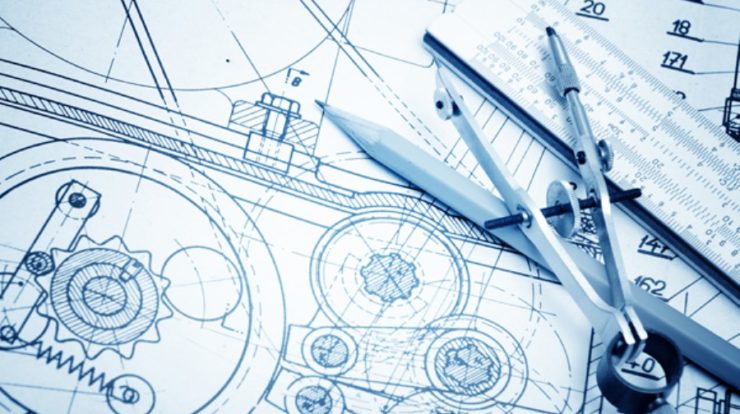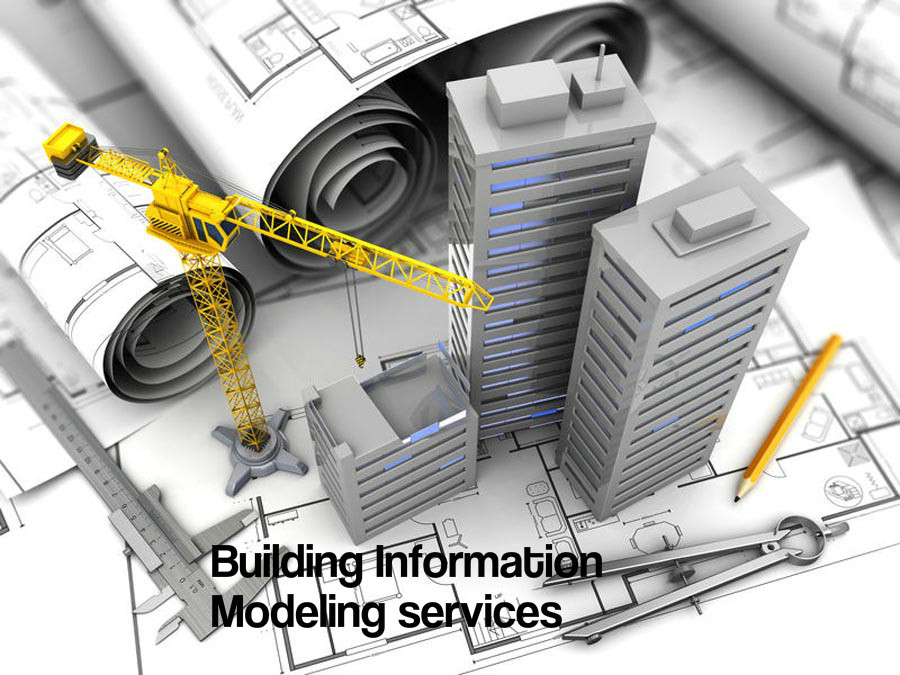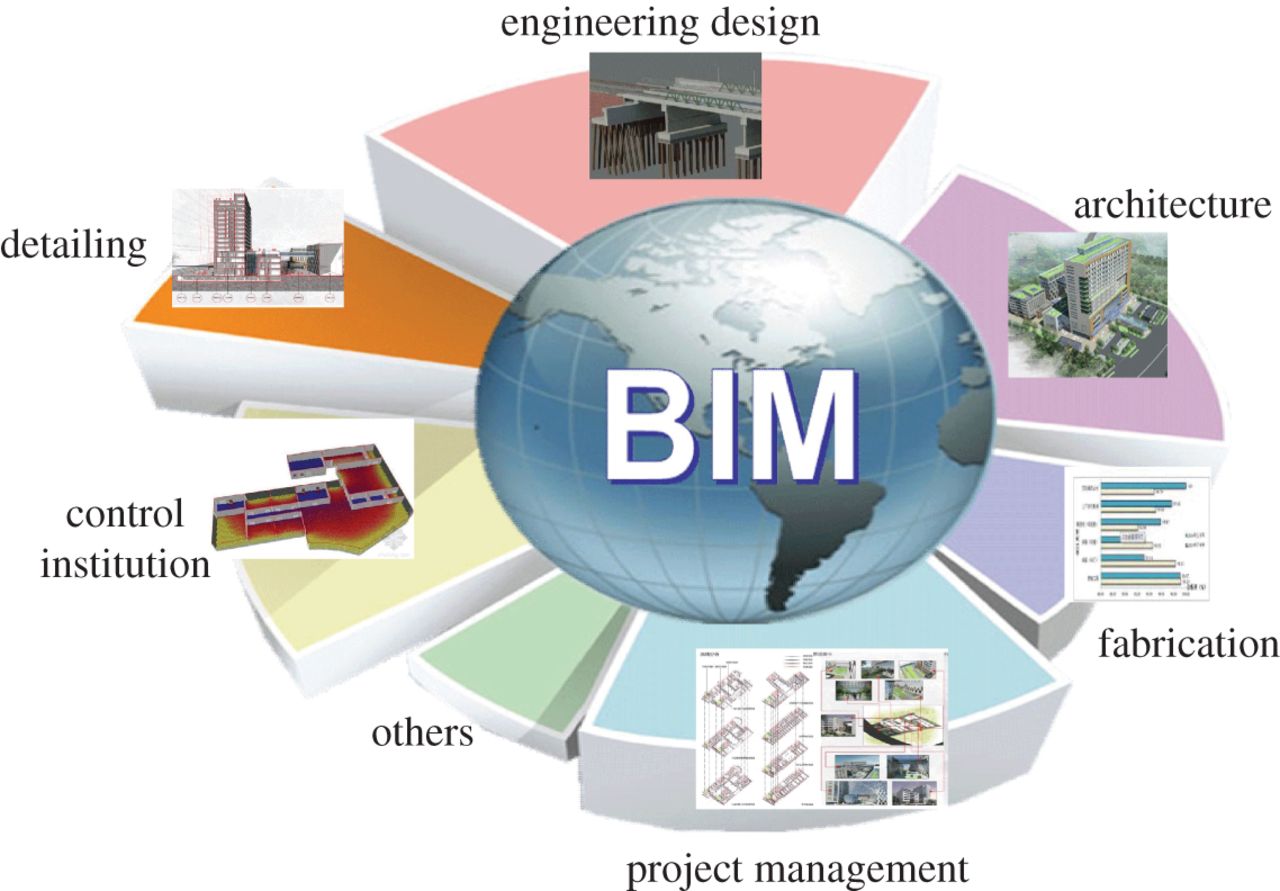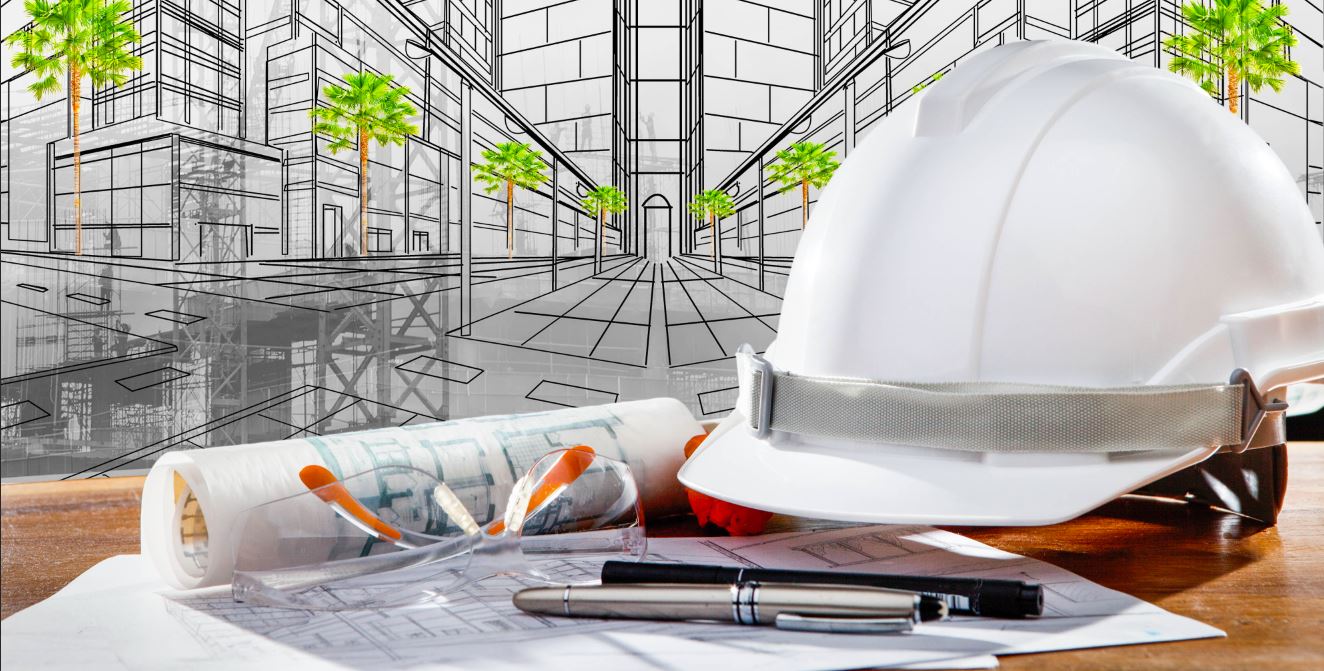
Wars are won on the shoulders of soldiers, not kings and rulers. Similarly, as a manager in an Architecture, Engineering, and Construction (AEC) firm, your most precious resource is, without a doubt, the host of design engineers under your wing. It falls squarely upon managers to create an environment that fosters creativity and increases productivity.
To create such an environment, managers and construction designers should both be part of an active and open communication process. Let’s take a look at how.
Manager Side Motivation
- Positive Wording
While it is important to point out flaws to your employees, how you do so can make a huge impact on them. Use positive wording to get your point across, without belittling your designer. Motivational team building exercises can also help bring meaning to work and create a more open environment at work. - Common Errors
To err is human, and your designers are just that. Instead of chastising your design engineers for repeating mistakes, take matters into your own hands. Identify and address common technical errors, by providing training seminars for the same. - New Processes
Your construction designers can understandably be hesitant about approaching new practices. It would do wonders, to hand hold your design team through new procedures for a week or two, until they are comfortable enough to venture out on their own. - Reward Effort
Pretty straightforward. If you see a designer putting extra effort into his/her work, make sure it is acknowledged. Rewards can be monetary like bonuses and increments, or non-monetary in form of increased responsibility and praising accomplishments. Just make sure efforts are matched equally with your incentives!
Designer Side Practices
- Quality Control
Clear expectations for the standard of quality from design engineers can be set by implementing a quality control checklist, adherence to which would result in a high-quality design. These checklists should then be referred to by designers, for every new project. - Failsafe Systems
Managers should create a system of checks and balances, which construction designers can use across projects. This functions as a support system for designers, boosting confidence in design as well as reducing technical errors. - Freelancing
Design engineers should take up projects in their free time, whether from their own company or through freelance work. This helps you build proficiency and get comfortable with new practices in the industry. Most organizations have no problem with freelancing, even offering after-hours training programs, as long as it doesn’t interfere with your main work. - Portfolio Building
As a designer, you should always be on the lookout for projects you can add to your portfolio – no matter how small! For example, consider you have designed an extremely beautiful bathroom fixture. Regardless of how negligible an effort it seems to you, including it in your portfolio presents an interesting diversity to your work, not to mention future opportunities for design.
To learn more about design engineering practices and the latest news on AEC building trends, be sure to check out the Technostruct



